After weeks of deadlock in cease-fire negotiations regarding the Gaza conflict, talks were revived when Hamas exchanged new ideas with mediators. On Friday, Israeli negotiators, led by Mossad chief David Barnea, traveled to Qatar to meet with Qatari Prime Minister Mohammed bin Abdulrahman bin Jassim Al Thani.
The recent movement in negotiations follows Hamas’s revised position, which both U.S. and Israeli officials believe could lead to an agreement, though they caution that challenging deliberations are still ahead. A statement from Israeli Prime Minister Benjamin Netanyahu’s office highlighted ongoing gaps between the sides and announced that further negotiations would continue the following week.
The core issues to be resolved include the identification, number, and conditions for releasing Palestinian prisoners in exchange for the 120 hostages held by Hamas. Additionally, the sequence of steps for Israeli military withdrawal and the control dynamics at different phases need to be agreed upon. The most significant sticking point remains the extent of the ceasefire and military withdrawal, with Hamas demanding a complete ceasefire and full Israeli withdrawal, while Israel insists on toppling Hamas’s rule and maintaining postwar security control.
Both parties are negotiating based on a three-stage framework publicized by President Biden in May. This includes a six-week truce during which hostages would be released in exchange for Palestinian prisoners, followed by negotiations to end the war and withdraw Israeli troops from Gaza.
Despite Netanyahu’s vow to destroy Hamas’s capabilities, Israel’s military establishment, burdened by ongoing fighting and considering potential conflicts with Hezbollah, now supports a ceasefire deal. Michael Milshtein, a former Israeli intelligence officer, emphasized that while a ceasefire deal leaves Hamas in power, it is the least undesirable option available.
Israel’s political leadership is divided on the proposed deal. While Netanyahu’s top leaders favor the framework, dissent within his coalition threatens its stability and could force him to choose between a ceasefire and his political career. Opposition leader Benny Gantz expressed support for the ceasefire if it leads to the release of hostages, potentially pushing the country toward new elections.
Netanyahu’s endorsement of the proposal has wavered, but public pressure from hostage families led him to support it in late June. Meanwhile, Hamas, through a statement on Friday, rejected any plan involving foreign forces in Gaza and called for Arab and Muslim countries to pressure Israel to end its actions against Palestinians.
Within Gaza, some criticize Hamas for the October 7 attack on Israel, which led to the war, arguing that it didn’t adequately protect Gaza’s civilians. Any agreement would need approval from Yahya Sinwar, the Hamas leader in Gaza, whose life is targeted by Israel for his role in the assault.
International pressure for a cease-fire continues, with Turkish President Recep Tayyip Erdogan urging Western countries to push Israel toward a definitive truce. Amid these efforts, the conflict nears its ninth month, with most of Gaza’s population displaced, struggling with basic survival needs. Israeli forces remain actively engaged in Gaza, battling insurgents as the conflict persists.
We also recommend reading:
Hopes Fade. Hamas Negotiators Depart Cairo, New Hope in Israel-Hamas Ceasefire Negotiations, Herta Muller — OPEN LETTER,

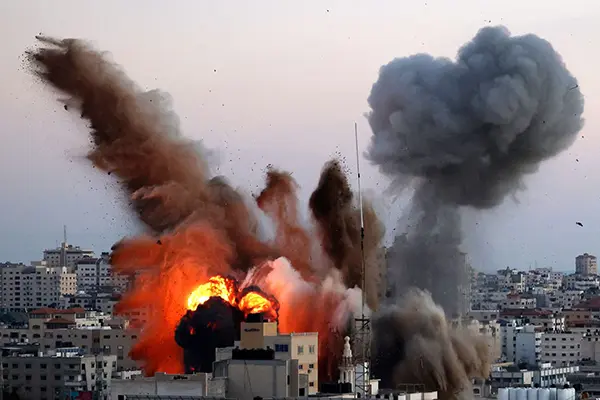



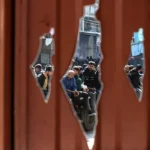



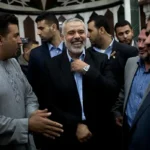
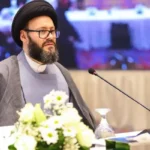
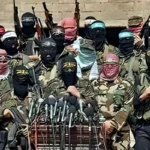
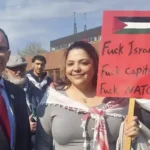
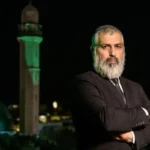

Leave a Reply